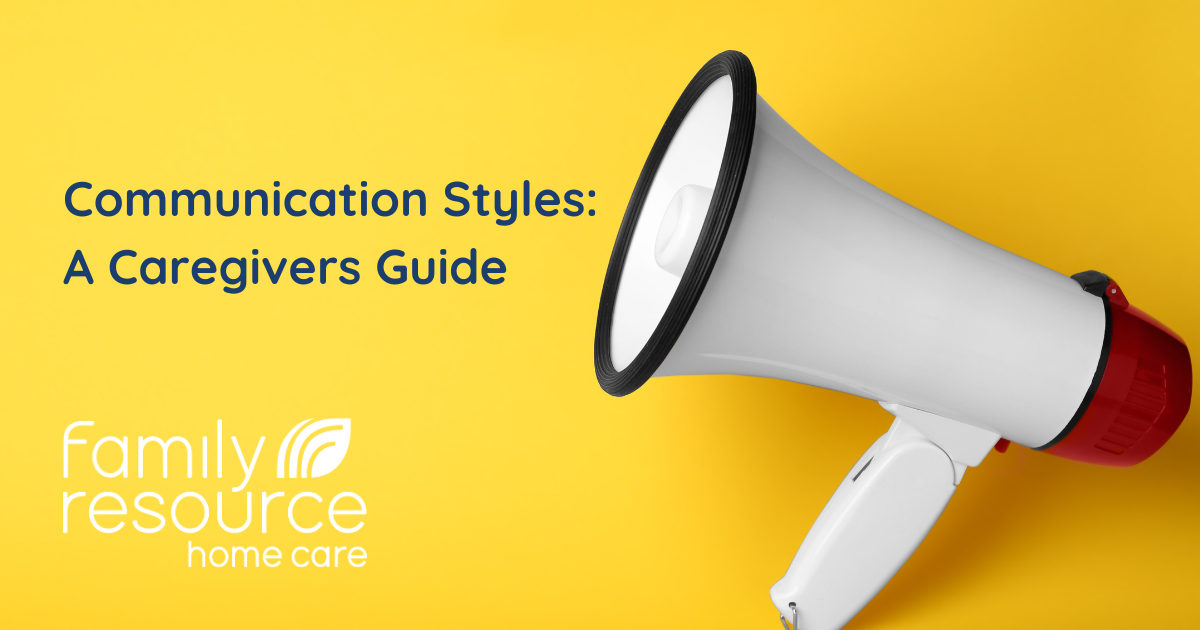Effective communication is a cornerstone of successful caregiving, especially when entering the homes of elderly clients who may have diverse communication styles. In this instructional blog, we will explore various communication styles commonly encountered in the workplace and provide strategies for handling them professionally. This knowledge is particularly crucial for caregivers operating in the challenging context of elderly clients facing health issues.
Understanding Communication Styles:
-
Passive Communication Styles:
- Characteristics: Reluctance to speak up, conflict avoidance, difficulty setting boundaries, indirect communication, low self-confidence.
- Professional Handling: Encourage open dialogue, actively listen, provide reassurance, and gently encourage boundaries. Boosting their confidence through positive reinforcement is key.
-
Aggressive Communication Styles:
- Characteristics: Dominance, bluntness, disregard for boundaries, resistance to compromise, personal attacks.
- Professional Handling: Remain calm, assertive, and maintain clear boundaries. Focus on the issue at hand, not the person. Encourage compromise and seek solutions collaboratively.
-
Passive-Aggressive Communication:
- Characteristics: Covert criticism, indirect communication, silent treatment, subtle sabotage, involvement of others.
- Professional Handling: Address issues directly but diplomatically. Encourage open communication, express feelings constructively, and work towards resolution. Avoid escalating the situation.
-
Assertive Communication:
- Characteristics: Straightforwardness, confidence, respect, ownership, expressive body language.
- Professional Handling: Embrace assertiveness as a positive trait. Encourage open communication, active listening, and mutual respect. Establish clear expectations and boundaries while remaining empathetic.
Tailoring Communication for Elderly Clients:
Understanding the unique challenges faced by elderly clients, caregivers should adapt their communication styles accordingly:
-
Patience and Empathy:
- Acknowledge health issues and potential communication difficulties.
- Be patient, allow time for responses, and express empathy.
-
Adaptability:
- Tailor your communication style to match the client’s preferences.
- Be aware of non-verbal cues and adjust accordingly.
-
Sensitivity to Health Issues:
- Recognize the impact of health issues on communication abilities.
- Seek alternative communication methods if needed.
Conclusion:
In the challenging field of caregiving, mastering effective communication is indispensable. By understanding and adapting to diverse communication styles, caregivers can create a more comfortable and supportive environment for elderly clients. For further guidance on navigating complex communication scenarios, our 31 locations across Washington, Oregon, and Idaho are always ready to offer support, with a dedicated branch in Seattle, Washington. Visit us for personalized assistance and direction in handling communication challenges with professionalism and compassion.
Sources:





